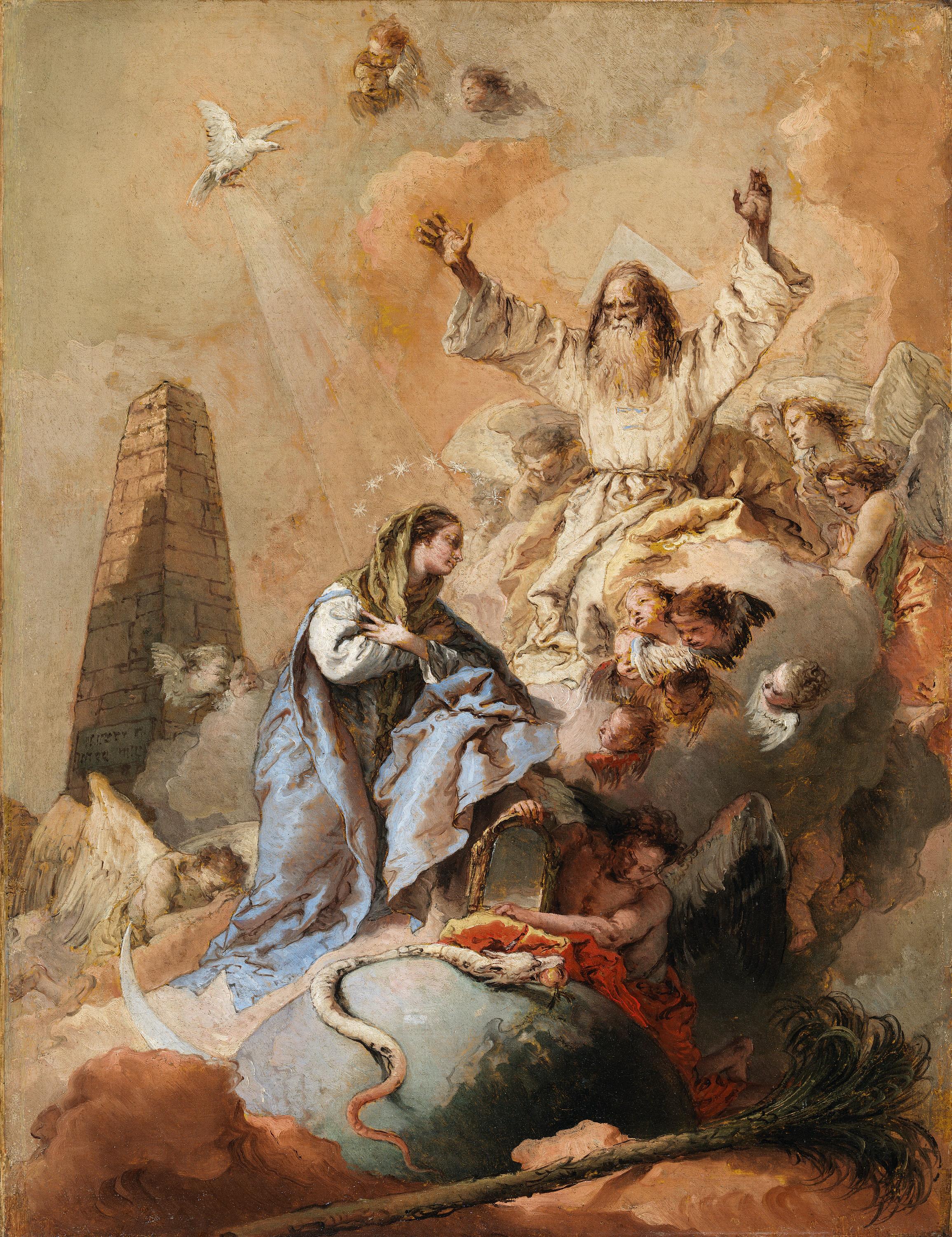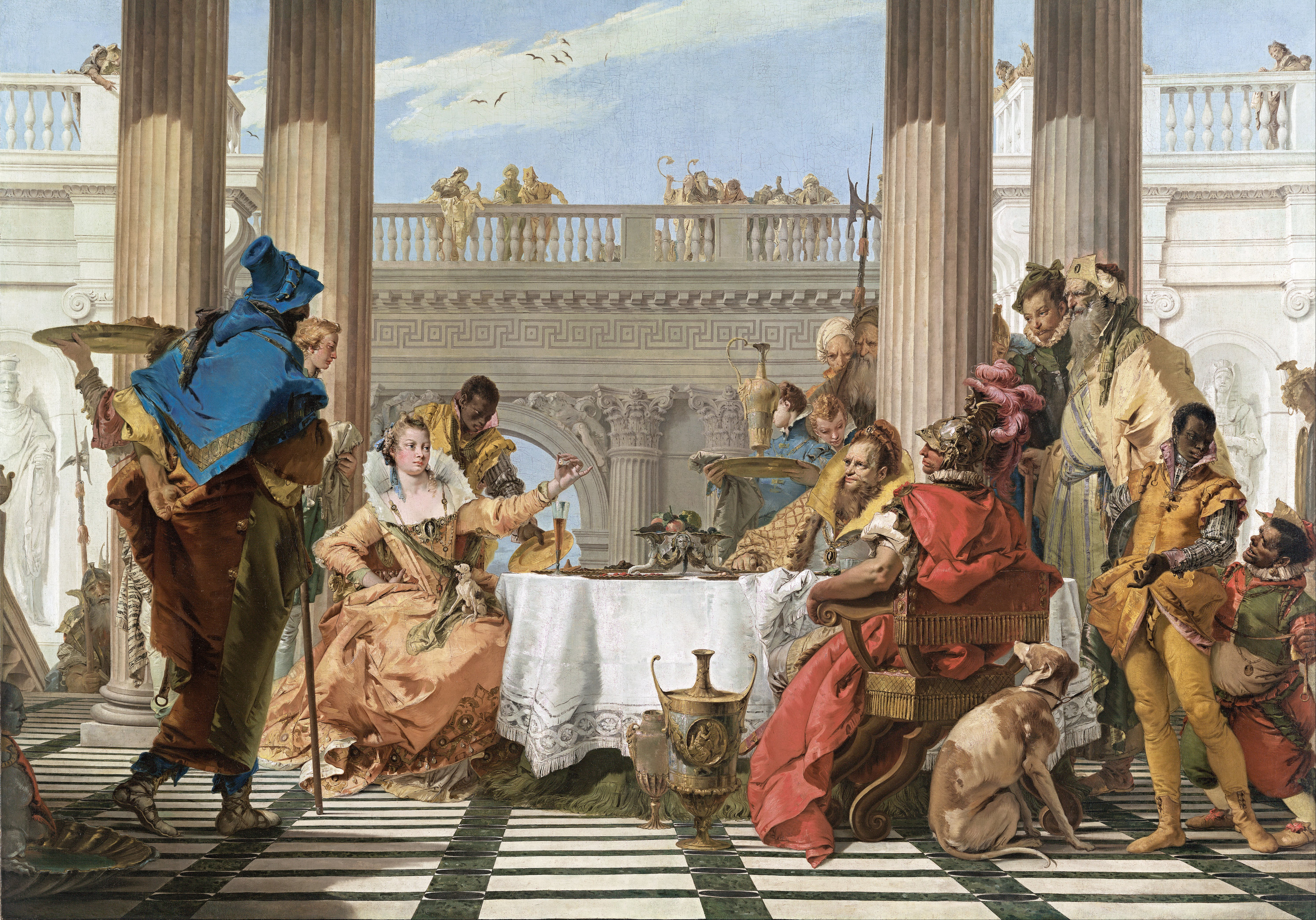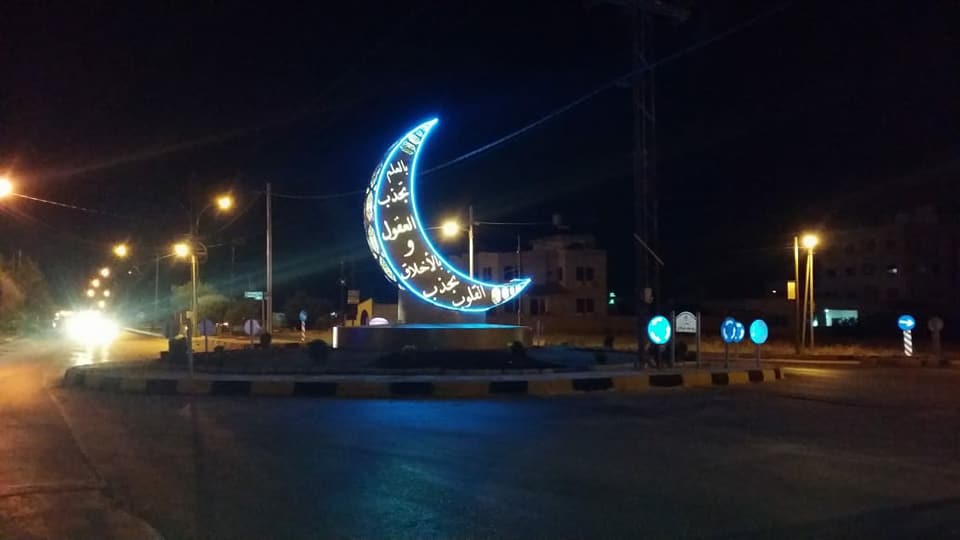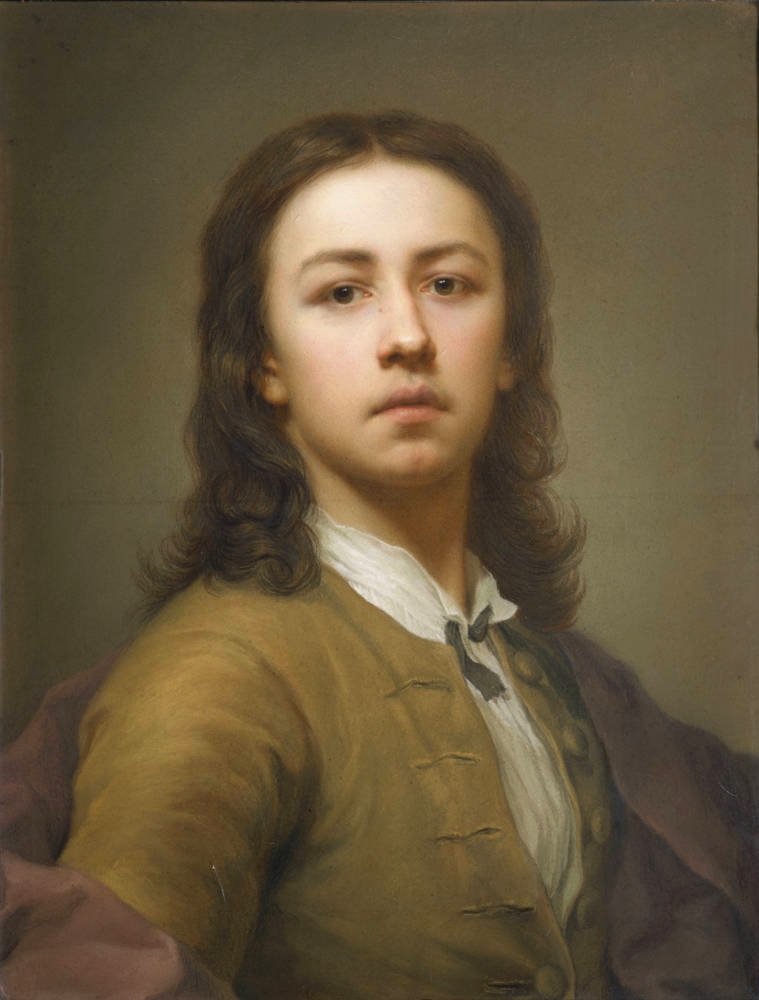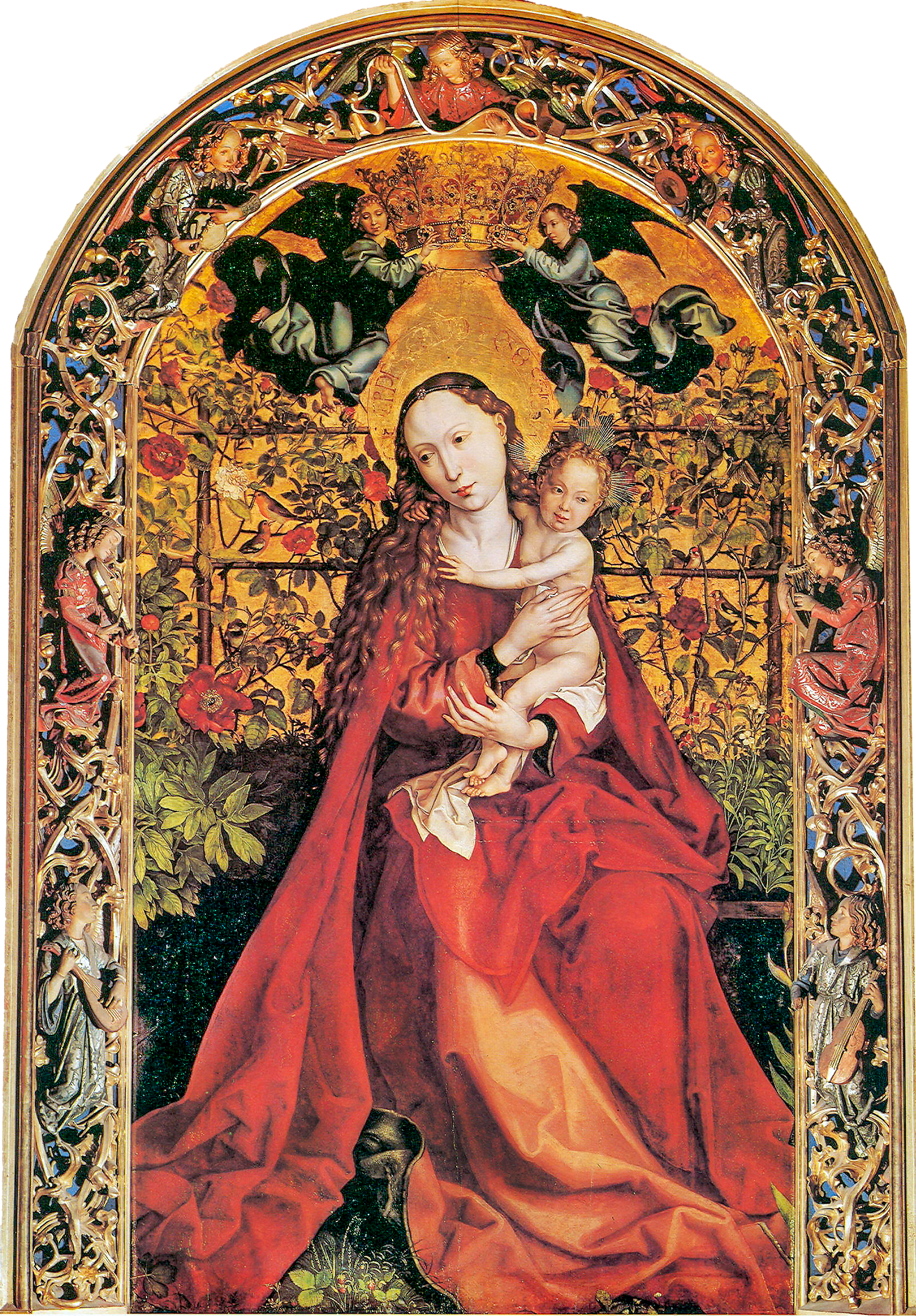|
The Immaculate Conception (Tiepolo)
''The Immaculate Conception'' is a painting by Italian painter Giovanni Battista Tiepolo (16961770). The painting was one of seven altarpieces commissioned in March 1767 from Tiepolo by King Charles III of Spain for the Church of Saint Pascual in Aranjuez, then under construction. This was originally an Alcantarine (Franciscan) monastery that was later assigned to the Conceptionist nuns. The painting was commissioned in 1767, at a time when the Immaculate Conception was already a common theme in art, the Feast of the Immaculate Conception (8 December) having been restored to the Calendar of Saints in 1708, though its theology would not be definitely settled as dogma until Pope Pius IX's declaration in 1854. It represents the Immaculate Conception, a tradition of the Catholic Church stating that the Virgin Mary was conceived without original sin. It depicts the Virgin Mary, surrounded by angels and crowned with the circle of stars. She is shown trampling a snake, representing ... [...More Info...] [...Related Items...] OR: [Wikipedia] [Google] [Baidu] |
Giovanni Battista Tiepolo
Giovanni Battista Tiepolo ( , ; March 5, 1696 – March 27, 1770), also known as Giambattista (or Gianbattista) Tiepolo, was an Italian painter and printmaker from the Republic of Venice who painted in the Rococo style, considered an important member of the 18th-century Venetian school. He was prolific, and worked not only in Italy, but also in Germany and Spain. Giovan Battista Tiepolo, together with Giambattista Pittoni, Canaletto, Giovan Battista Piazzetta, Giuseppe Maria Crespi, and Francesco Guardi are considered the traditional Old Masters of that period. Successful from the beginning of his career, he has been described by Michael Levey as "the greatest decorative painter of eighteenth-century Europe, as well as its most able craftsman." Biography ''The Glory of St. Dominic'', 1723 Early life (1696–1726) Born in Venice, he was the youngest of six children of Domenico and Orsetta Tiepolo. His father was a small shipping merchant who belonged to a family th ... [...More Info...] [...Related Items...] OR: [Wikipedia] [Google] [Baidu] |
Virgin Mary
Mary; arc, ܡܪܝܡ, translit=Mariam; ar, مريم, translit=Maryam; grc, Μαρία, translit=María; la, Maria; cop, Ⲙⲁⲣⲓⲁ, translit=Maria was a first-century Jewish woman of Nazareth, the wife of Joseph and the mother of Jesus. She is a central figure of Christianity, venerated under various titles such as virgin or queen, many of them mentioned in the Litany of Loreto. The Eastern and Oriental Orthodox, Church of the East, Catholic, Anglican, and Lutheran churches believe that Mary, as mother of Jesus, is the Mother of God. Other Protestant views on Mary vary, with some holding her to have considerably lesser status. The New Testament of the Bible provides the earliest documented references to Mary by name, mainly in the canonical Gospels. She is described as a young virgin who was chosen by God to conceive Jesus through the Holy Spirit. After giving birth to Jesus in Bethlehem, she raised him in the city of Nazareth in Galilee, and was in Jerusal ... [...More Info...] [...Related Items...] OR: [Wikipedia] [Google] [Baidu] |
Giovanni Battista Tiepolo - Allegory Of The Immaculate Conception - NGI
Giovanni may refer to: * Giovanni (name), an Italian male given name and surname * Giovanni (meteorology), a Web interface for users to analyze NASA's gridded data * ''Don Giovanni'', a 1787 opera by Wolfgang Amadeus Mozart, based on the legend of Don Juan * Giovanni (Pokémon), boss of Team Rocket in the fictional world of Pokémon * Giovanni (World of Darkness), a group of vampires in ''Vampire: The Masquerade/World of Darkness'' roleplay and video game * "Giovanni", a song by Band-Maid from the 2021 album ''Unseen World'' * ''Giovanni's Island'', a 2014 Japanese anime drama film * ''Giovanni's Room'', a 1956 novel by James Baldwin * Via Giovanni, places in Rome See also * * *Geovani *Giovanni Battista *San Giovanni (other) *San Giovanni Battista (other) San Giovanni Battista is the Italian translation of Saint John the Baptist. It may also refer to: Italian churches * San Giovanni Battista, Highway A11, a church in Florence, Italy * San Giovanni Battista, Pra ... [...More Info...] [...Related Items...] OR: [Wikipedia] [Google] [Baidu] |
Notre Dame University
The University of Notre Dame du Lac, known simply as Notre Dame ( ) or ND, is a private Catholic research university in Notre Dame, Indiana, outside the city of South Bend. French priest Edward Sorin founded the school in 1842. The main campus covers 1,261 acres (510 ha) in a suburban setting and contains landmarks such as the Golden Dome, the ''Word of Life'' mural (commonly known as ''Touchdown Jesus''), Notre Dame Stadium, and the Basilica. Originally for men, although some women earned degrees in 1918, the university began formally accepting undergraduate female students in 1972. Notre Dame has been recognized as one of the top universities in the United States. The university is organized into seven schools and colleges. Notre Dame's graduate program includes more than 50 master, doctoral and professional degrees offered by the six schools, including the Notre Dame Law School and an MD–PhD program offered in combination with the Indiana University School of Medicine. ... [...More Info...] [...Related Items...] OR: [Wikipedia] [Google] [Baidu] |
Crescent
A crescent shape (, ) is a symbol or emblem used to represent the lunar phase in the first quarter (the "sickle moon"), or by extension a symbol representing the Moon itself. In Hinduism, Lord Shiva is often shown wearing a crescent moon on his head symbolising that the lord is the master of time and is himself timeless. It is used as the astrological symbol for the Moon, and hence as the alchemical symbol for silver. It was also the emblem of Diana/Artemis, and hence represented virginity. In Christianity Marian veneration, it is associated with the Virgin Mary. From its use as roof finial in Ottoman era mosques, it has also become associated with Islam, and the crescent was introduced as chaplain badge for Muslim chaplains in the US military in 1993.On December 14, 1992, the Army Chief of Chaplains requested that an insignia be created for future Muslim chaplains, and the design (a crescent) was completed January 8, 1993. Emerson, William K., ''Encyclopedia of United St ... [...More Info...] [...Related Items...] OR: [Wikipedia] [Google] [Baidu] |
Madonna (art)
In art, a Madonna () is a representation of Mary, either alone or with her child Jesus. These images are central icons for both the Catholic and Orthodox churches. The word is (archaic). The Madonna and Child type is very prevalent in Christian iconography, divided into many traditional subtypes especially in Eastern Orthodox iconography, often known after the location of a notable icon of the type, such as the ''Theotokos of Vladimir'', ''Agiosoritissa'', ''Blachernitissa'', etc., or descriptive of the depicted posture, as in ''Hodegetria'', ''Eleusa'', etc. The term ''Madonna'' in the sense of "picture or statue of the Virgin Mary" enters English usage in the 17th century, primarily in reference to works of the Italian Renaissance. In an Eastern Orthodox context, such images are typically known as ''Theotokos''. "Madonna" may be generally used of representations of Mary, with or without the infant Jesus, is the focus and central figure of the image, possibly flanked ... [...More Info...] [...Related Items...] OR: [Wikipedia] [Google] [Baidu] |
Neo-classicism
Neoclassicism (also spelled Neo-classicism) was a Western cultural movement in the decorative Beauty is commonly described as a feature of objects that makes these objects pleasurable to perceive. Such objects include landscapes, sunsets, humans and works of art. Beauty, together with art and taste, is the main subject of aesthetics, o ... and visual arts, literature, theatre, music, and architecture that drew inspiration from the art and culture of classical antiquity. Neoclassicism was born in Rome largely thanks to the writings of Johann Joachim Winckelmann, at the time of the rediscovery of Pompeii and Herculaneum, but its popularity spread all over Europe as a generation of European art students finished their Grand Tour and returned from Italy to their home countries with newly rediscovered Greco-Roman ideals. The main Neoclassical movement coincided with the 18th-century Age of Enlightenment, and continued into the early 19th century, laterally competing with Romanti ... [...More Info...] [...Related Items...] OR: [Wikipedia] [Google] [Baidu] |
Anton Raphael Mengs
Anton Raphael Mengs (22 March 1728 – 29 June 1779) was a German people, German painter, active in Dresden, Rome, and Madrid, who while painting in the Rococo period of the mid-18th century became one of the precursors to Neoclassicism, Neoclassical painting, which replaced Rococo as the dominant painting style in Europe. Early life Mengs was born in 1728 at Ústí nad Labem (German: Aussig) in the Kingdom of Bohemia, the son of Ismael Mengs, a Denmark, Danish painter who eventually established himself at Dresden, where the court of Electorate of Saxony#Saxony-Poland, Saxonian-Polish electors and kings was. His older sister, Therese Maron, was also a painter, as was his younger sister, Julia Charlotte Mengs, Julia. His and Therese's births in Bohemia were mere coincidence. Their mother was not their father's wife; Ismael carried on a years-long affair with the family's housekeeper, Charlotte Bormann. In an effort to conceal the births of two illegitimate children, Ismael took ... [...More Info...] [...Related Items...] OR: [Wikipedia] [Google] [Baidu] |
Metropolitan Museum Of Art
The Metropolitan Museum of Art of New York City, colloquially "the Met", is the largest art museum in the Americas. Its permanent collection contains over two million works, divided among 17 curatorial departments. The main building at 1000 Fifth Avenue, along the Museum Mile on the eastern edge of Central Park on Manhattan's Upper East Side, is by area one of the world's largest art museums. The first portion of the approximately building was built in 1880. A much smaller second location, The Cloisters at Fort Tryon Park in Upper Manhattan, contains an extensive collection of art, architecture, and artifacts from medieval Europe. The Metropolitan Museum of Art was founded in 1870 with its mission to bring art and art education to the American people. The museum's permanent collection consists of works of art from classical antiquity and ancient Egypt, paintings, and sculptures from nearly all the European masters, and an extensive collection of American and modern ... [...More Info...] [...Related Items...] OR: [Wikipedia] [Google] [Baidu] |
Hortus Conclusus
''Hortus conclusus'' is a Latin term, meaning literally "enclosed garden". At their root, both of the words in ''hortus conclusus'' refer linguistically to enclosure. It describes a genre of garden that was enclosed as a practical concern, a major theme in the history of gardening. Having roots in the '' Song of Songs'' in the Hebrew scriptures, the term ''hortus conclusus'' has importantly been applied as an emblematic attribute and a title of the Virgin Mary in Medieval and Renaissance poetry and art, first appearing in paintings and manuscript illuminations about 1330 The Virgin Mary as ''hortus conclusus'' The term ''hortus conclusus'' is derived from the Vulgate Bible's '' Canticle of Canticles'' (also called the ''Song of Songs'' or ''Song of Solomon'') 4:12, in Latin: "''Hortus conclusus soror mea, sponsa, hortus conclusus, fons signatus''" ("A garden enclosed is my sister, my spouse; a garden enclosed, a fountain sealed up.") This provided the shared linguistic cultur ... [...More Info...] [...Related Items...] OR: [Wikipedia] [Google] [Baidu] |
Devil
A devil is the personification of evil as it is conceived in various cultures and religious traditions. It is seen as the objectification of a hostile and destructive force. Jeffrey Burton Russell states that the different conceptions of the devil can be summed up as 1) a principle of evil independent from God, 2) an aspect of God, 3) a created being turning evil (a ''fallen angel''), and 4) a symbol of human evil. Each tradition, culture, and religion with a devil in its mythos offers a different lens on manifestations of evil.Jeffrey Burton Russell, ''The Devil: Perceptions of Evil from Antiquity to Primitive Christianity'', Cornell University Press 1987 , pp. 41–75 The history of these perspectives intertwines with theology, mythology, psychiatry, art, and literature developing independently within each of the traditions. It occurs historically in many contexts and cultures, and is given many different names— Satan, Lucifer, Beelzebub, Mephistopheles, Iblis—and at ... [...More Info...] [...Related Items...] OR: [Wikipedia] [Google] [Baidu] |
